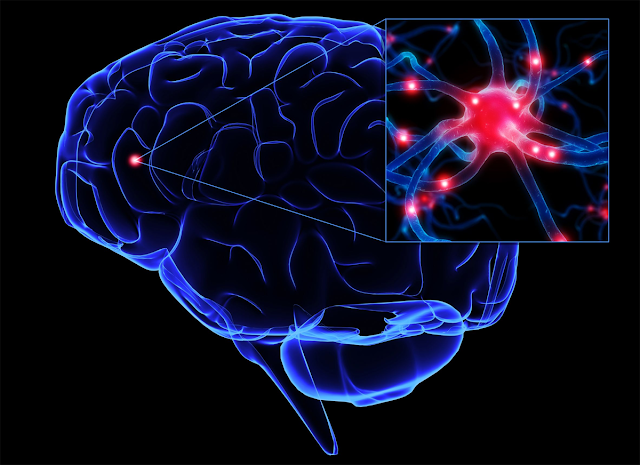Digital Pathology in Research: Accelerating Discoveries and Insights

Digital Pathology Digital Pathology is revolutionizing the field of research by accelerating discoveries and providing unprecedented insights into various diseases and conditions. This innovative technology involves the digitization of histopathology slides, allowing researchers to analyze and interpret tissue samples digitally. Let's explore how virtual pathology is transforming research and advancing scientific discoveries. One of the significant advantages of virtual pathology in research is the ability to access and analyze vast amounts of tissue samples quickly and efficiently. With traditional microscopy, researchers face limitations in terms of slide storage, retrieval, and physical manipulation. Virtual pathology eliminates these constraints by digitizing slides and making them accessible through digital platforms. Researchers can now access a comprehensive library of digital slides, enabling large-scale studies and the examination of diverse tissue samples with ease. The ...




